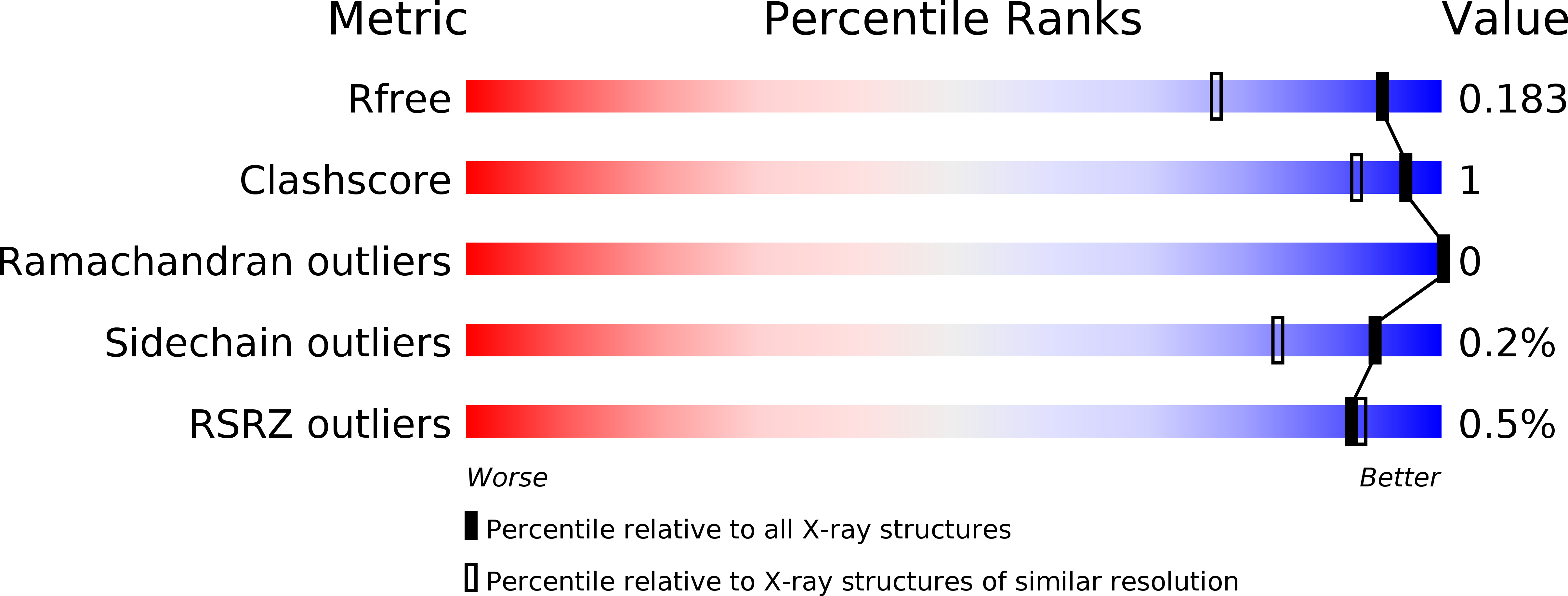
Deposition Date
2017-10-09
Release Date
2018-01-31
Last Version Date
2023-11-22
Entry Detail
Biological Source:
Source Organism:
Ruminiclostridium thermocellum DSM 1313 (Taxon ID: 637887)
Host Organism:
Method Details:
Experimental Method:
Resolution:
1.43 Å
R-Value Free:
0.18
R-Value Work:
0.15
R-Value Observed:
0.15
Space Group:
P 21 21 2


